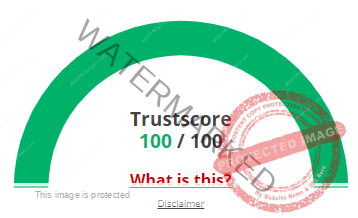How are 5-ROX and 6-ROX dyes different from one another?
How are 5-ROX and 6-ROX dyes different from one another?
The ROX dye is connected to the nucleic acid molecule at spots 5 and 6, which are shown by the “5” and “6” prefixes. The dyes’ chemical characteristics and practical uses are similar; however, the dyes may have different fluorescence qualities.
5-ROX: This dye, which is usually attached to the 5′ end of an oligonucleotide probe, gives off a steady fluorescent signal that might help make the changing fluorescence between wells more consistent.
6-ROX: In a similar vein, this dye is often included in the oligonucleotide at the 6′ position. In addition to its normalizing value in fluorescence-based approaches, 6-ROX produces a fluorescent signal.
The two dyes’ distinct peak wavelengths in their emission spectra serve as a primary identifier. It is vital to check the parameters of the detection equipment and dyes to get the best results since some may be better adapted for one dye over the other despite their seeming resemblance.
Passive reference dyes, like ROX, are used to make sure that the fluorescence signal stays the same and does not change for reasons that are not related to the polymerase chain reaction. TaqManTM, Molecular BeaconsTM, ScorpionsTM, and FRET probes are all viable options for most qPCR applications.







